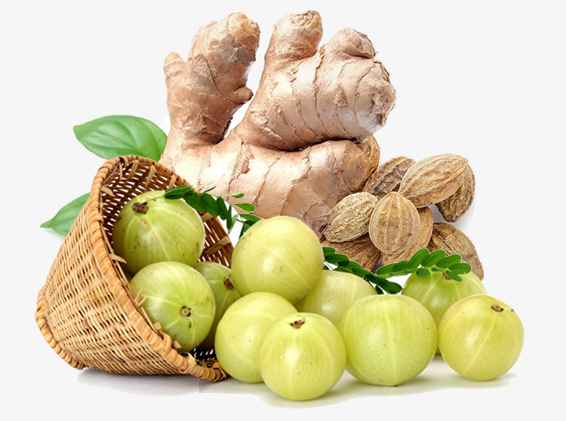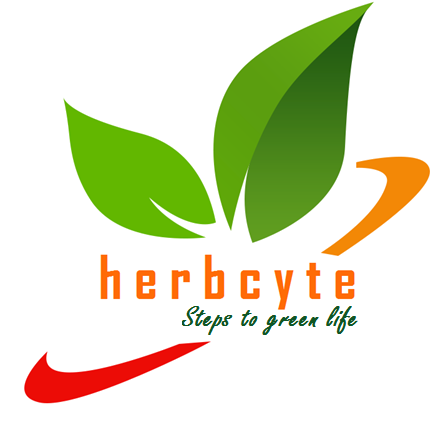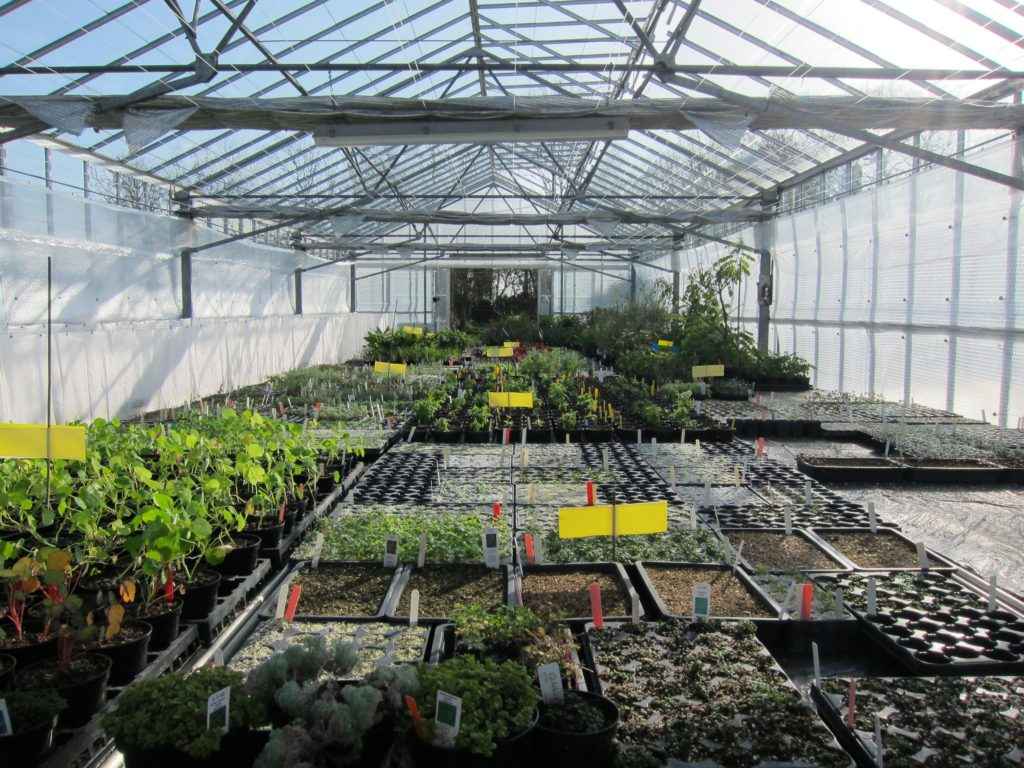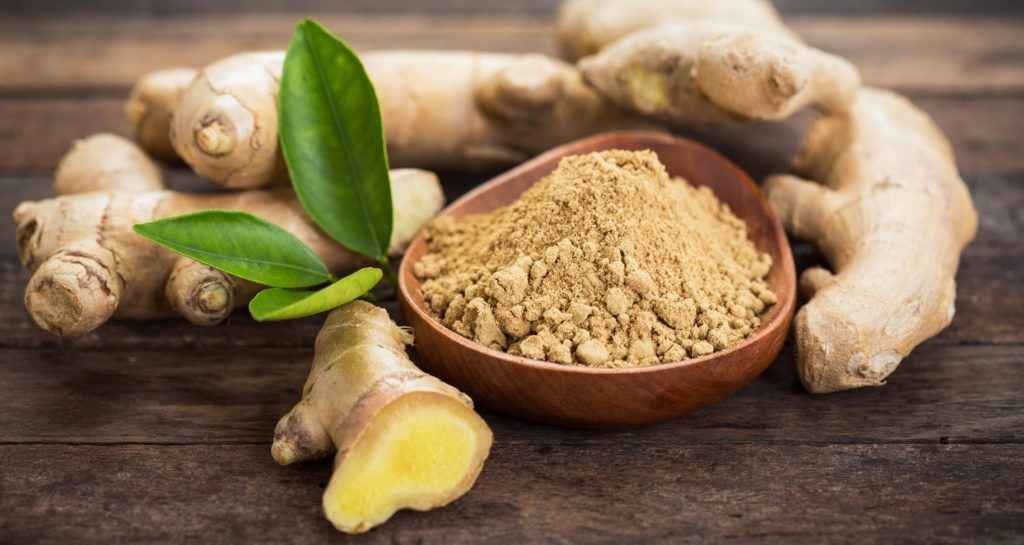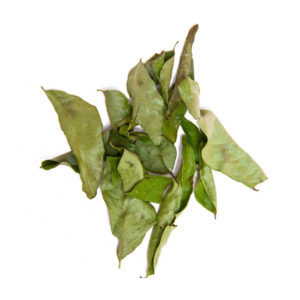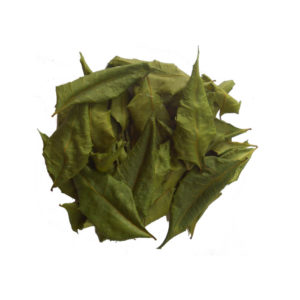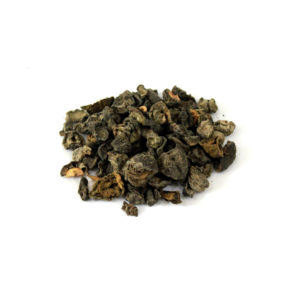Reliable logistics
Fair Price
Digital Approach
Tested Products
We are the best quality wholesale herbal Suppliers, we offer authentic grade bulk herbs to our customers for manufacturing of high quality herbal products.
Our Dried and Fresh Herbs
COLEUS FORSKOHLII
Plectranthus barbatus
| Trade Name | Coleus |
| Common Name | Forskohlii |
| Botanical Name | Plectranthus barbatus |
| Family | Lamiaceae |
| Synonyms | Indian coleus, Garmar |
| Part used | Root tubers |
| Product nature | Dry Coleus Forskohlii |
DRIED CURRY LEAVES
Murraya koenigii
| Trade Name | Curry leaves |
| Common Name | Murraya koenigii |
| Botanical Name | Rutaceae |
| Family | Zingiberaceae |
| Synonyms | Sweet neem leaves, Kadi patta |
| Part used | Leaves |
| Product nature | Dry curry leaves |
DRIED MORINGA LEAVES
Moringa oleifera
| Trade Name | Moringa |
| Common Name | Drumstick tree |
| Botanical Name | Moringa oleifera |
| Family | Moringaceae |
| Synonyms | Horseradish tree, ben oil tree, benzoil tree |
| Part used | The bark, sap, roots, leaves, seeds, and flowers |
| Product nature | Dried Moringa Leaves |
DRIED NEEM LEAVES
Azadirachta indica
| Trade Name | Neem |
| Common Name | Neem |
| Botanical Name | Azadirachta indica |
| Family | Meliaceae |
| Synonyms | Nimtree, Indian lilac |
| Part used | Leaves, flowers, seeds, fruits, roots and bark |
| Product nature | Dried Neem leaves |
DRY AMLA WITHOUT SEED
Amalaki, Indian gooseberry
| Trade Name | Amla |
| Common Name | Amalaki, Indian gooseberry |
| Botanical Name | Phyllantus emblica L. |
| Family | Euphorbiaceae |
| Synonyms | Emblica officinalis Gaertn. |
| Part used | In ayurvedic herbal preparations, the most important part used is the fruit. The other parts like seed, leaves, root, bark and flowers are also used in medicinal preparations. |
| Product nature | Dry Amla Seedless |
DRY ASHWAGANDHA ROOT
Withania somnifera (L.) Dunal
| Trade Name | Ashwagandha, Withania somnifera |
| Common Name | Indian Ginseng, Winter cherry, Ashwagandha |
| Botanical Name | Withania somnifera (L.) Dunal |
| Family | Solanaceae |
| Synonyms | Physalis somnifera L |
| Part used | Dried roots and fruits |
| Product nature | High Quality Dried or Dehydrated Roots of Ashwagandha |
We are one of the leading Bulk Herbs Suppliers
Wholesale herbal suppliers and exporters of fresh and dry herbs from India
Herbcyte have a team of scientific experts participating in cultivating and processing of dried herbals and also involved in developed of powdered herbals and bio active extracts from India. Herbcyte supply chain teams have efficiency to optimizing the domestic and global requirements of genuine bulk herb supplier. The best of quality wholesale herbal products include Dried and Fresh Herbs to various herbal product manufactures. We have a stringent quality policy to cater only a good quality genuine herbs.
How we are one of the Unique Herbal Suppliers ?
High Quality grade: In Herbcyte the final herbal raw material quality is ensured by our quality assurance expert.
Traceability: Usually in herbal collection system the recording of herbal collection data is not properly maintained. In Herbcyte we carefully stored the individual herbal collection data in our System; we store this data for client reference.
Supply Chain System: Our Strong supply chain team effectively participating from Sourcing to Delivery of product to client end.
Scientific Support: If client requesting for any scientific validation document for product in this condition our expert scientific team ready to submit the evidence.
Herbal Consultation: In addition, if client needs any research and product development Consultation we ready to offer.
It's as easy to get started today
Validate our Products
Try our sample products with quality certificate
Order your products
Experience the value of high quality herbs
We will deliver
Your products will be reached safe by our logistics experts.
